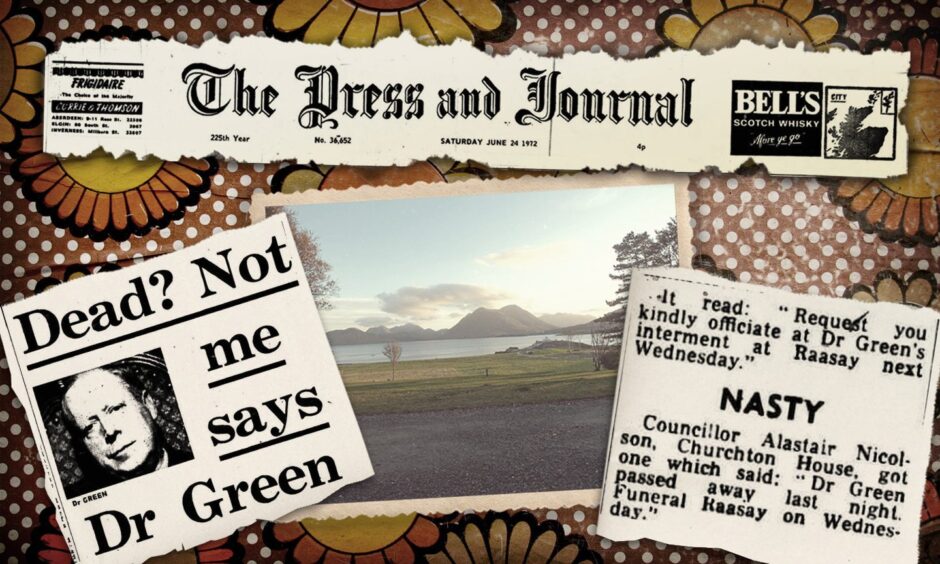
The P&J’s front page bore a startling headline on this day in 1972.
Dead? Not me, says Dr Green
The Dr Green in question had owned Raasay for the previous seven years and was persona non grata on the island for, among other things, blocking a ferry terminal to allow access from Skye.
“Dr John Green, absentee landlord of Raasay, smiled as he quaffed a glass of beer last night and said: “I’m not dead”, reported the P&J.
He said that telegrams sent to the island’s minister, one of the local councillors and the manager of his farm on the island were the work of a hoaxer.
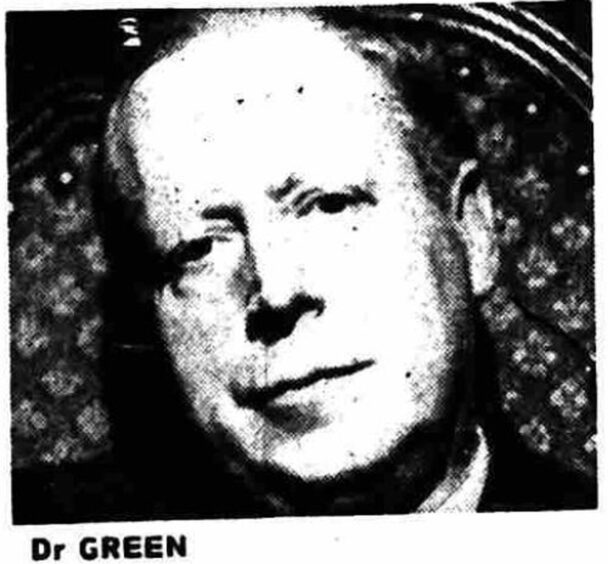
At his home in Bexhill, Sussex, 56 year old Dr Green, called Dr No by islanders for his opposition to a ferry terminal on the island he rarely visited, said: “It must be some sort of practical joke.
“I find it rather funny… and of course I know there are some people in Scotland who would like to see me dead.”
Wife denies involvement
His wife Kathleen said she had not sent telegrams to the island and added: “Someone was using my name without authority.”
The telegrams said he had died and wanted to be buried in Raasay.
One went to Rev Donald Nicholson, the island’s Free Presbyterian minister.
It read: “Kindly officiate at Dr Green’s interment at Raasay next
Wednesday.”
Funeral date given
Cllr Alastair Nicholson’s telegram said: “Dr Green passed away last night. Funeral Raasay on Wednesday.”
And Norman Ellerchamp, manager of Green’s Raasay Home Farm, got one saying “Regret Dr Green passed away. Funeral Raasay, Wednesday.”
The three telegrams were postmarked Bexhill.
They were signed Kathleen, Dr Green’s wife’s first name.
Mr Ellercamp said it was the third hoax telegram he had received, others had said Dr Green was coming to the island.
He said, somewhat diplomatically: “What a nasty thing to do. Even people who have had their disagreements with him still have a liking for Dr Green.”
Mr Ellercamp phoned police in Bexhill, who investigated and an officer found Dr Green “alive and well and smoking his pipe.”
Dr Green had bought Raasay from the Department of Agriculture and Fisheries for £4000 in 1964.
The island’s population was plunging, and the hope was for a progressive landlord who would listen to and act upon the islanders’ needs.
But Dr Green visited the island only twice, and meanwhile stood in the way of every proposed development.
He blocked the sale of small tract of land in the perfect spot to build a slipway for a car ferry.
Compulsory purchase not possible
Islanders looked to the Highlands and Island Development Board (HIDB) to come to their aid, using its powers of compulsory purchase, but lawyers found the 1965 legislation was too weak to enforce the purchase.
There followed years of community campaigning and political wrangling.
A slipway was eventually built, but in a less favoured site.
After years of bitter wrangling and a public inquiry, Raasay’s long-suffering population finally got their lifeline daily ferry service in 1975.
Dr Green became notorious as exemplifying all the was negative in Scotland’s feudal landownership.
Parliament told of ‘shameful scandal’
In 1973, MP for Inverness Russell Johnson told Parliament: “Nothing in nine years’ experience of representing the constituency of Inverness remotely compares with the bitter frustration I have had in trying to get something achieved in the island of Raasay, and what I feel can be only a pale shadow of what the islanders themselves feel.
“I am not in the habit of using exaggerated language for effect, but I have not the slightest hesitation in saying that the way in which the islanders have been treated by Dr. Green—the man who owns, as a result of successive sales by the Department of Agriculture since 1961, the most significant properties in the key area of the island—and by the authorities, local, regional and national, which have the responsibility for acting for the public good is a total, unmitigated, shameful scandal.”
And still battling for adequate HIDB compulsory purchase powers in 1990, Brian Wilson, then MP for Cunninghame North also cited the Raasay case in Westminster.
‘Malign power’
He said: “On the island of Raasay there was the ultimate in obstructive Highland landowners, Dr. John W. Green of Cooden in Sussex, an eccentric by any standard, who had acquired his properties from the Department of Agriculture and Fisheries for Scotland in a sale which I believe to this day would have some difficulty in standing legal scrutiny.
“For reasons that were perverse, to say the least, he decided to use that power of ownership specifically to obstruct any possibility of development on Raasay. The population of Raasay plummeted, Dr. Green sat in Sussex and nothing could happen on Raasay because of the malign power that he exerted.”
Dr Green sold his Raasay properties to HIDB in 1979 for £135,000. He had previously also owned the island of Scalpay, off Skye.
More from our On this Day series:
1965: Joy as Calum Kennedy buys the Tivoli theatre
1994: The brutal shooting of a Bangladeshi waiter in Orkney that prompted a 14-year mystery
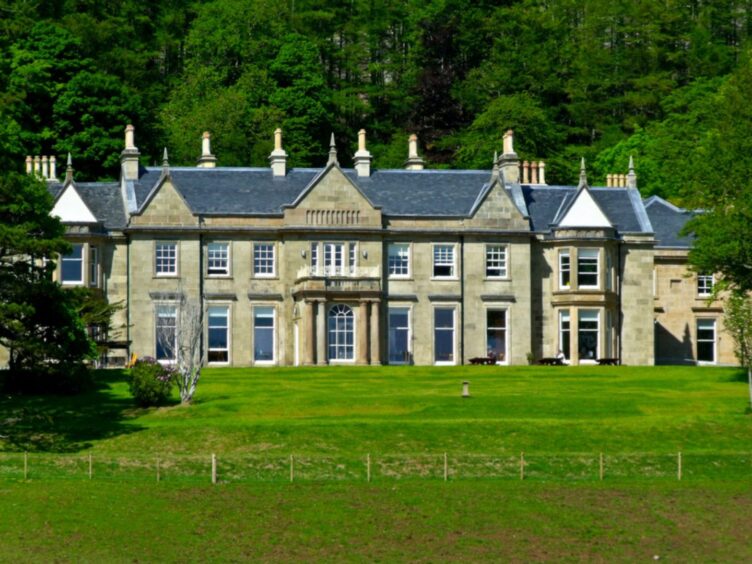
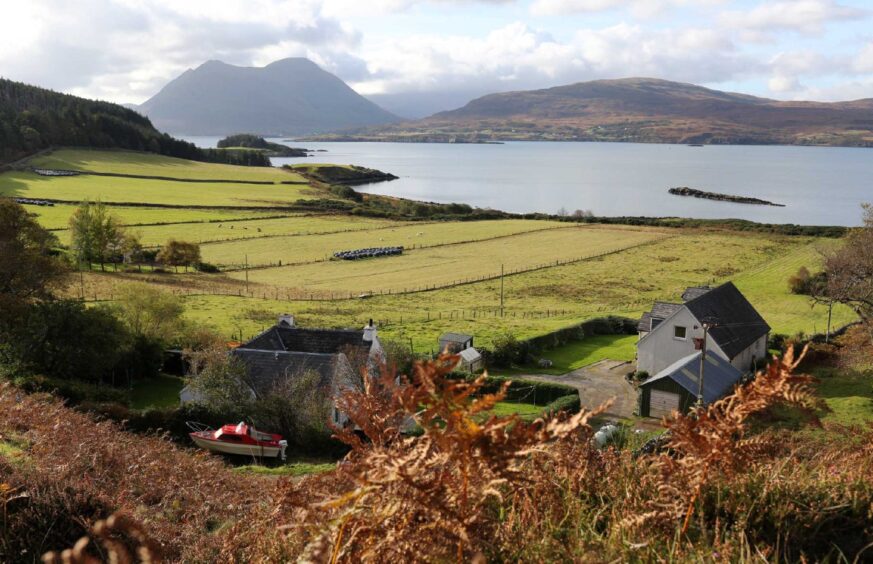
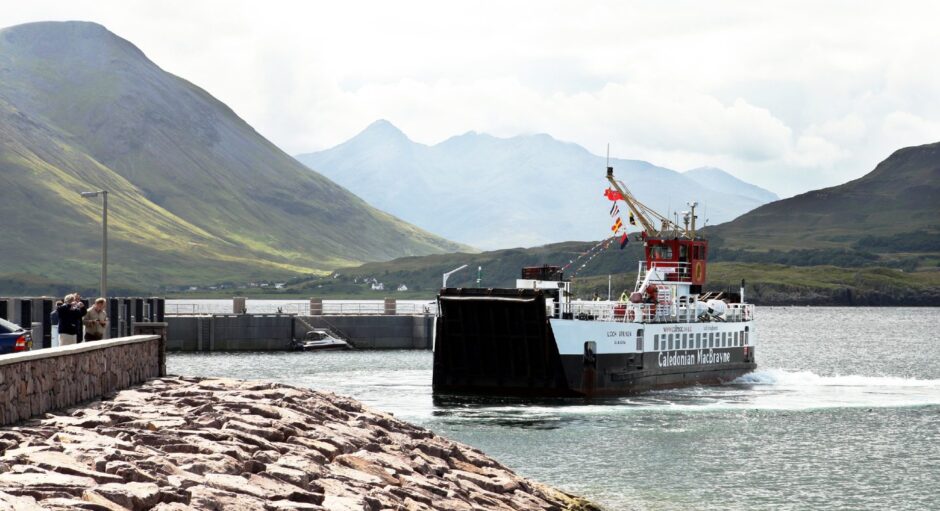
Conversation